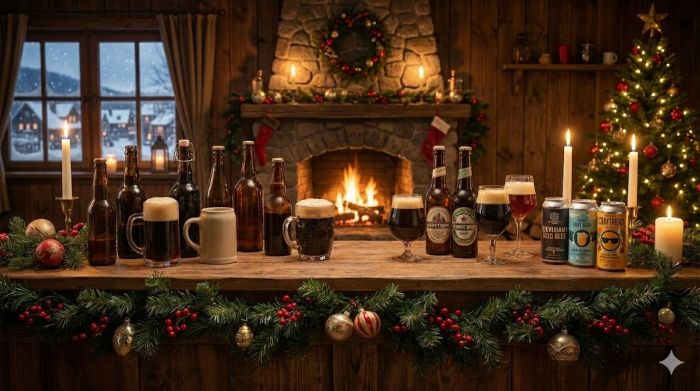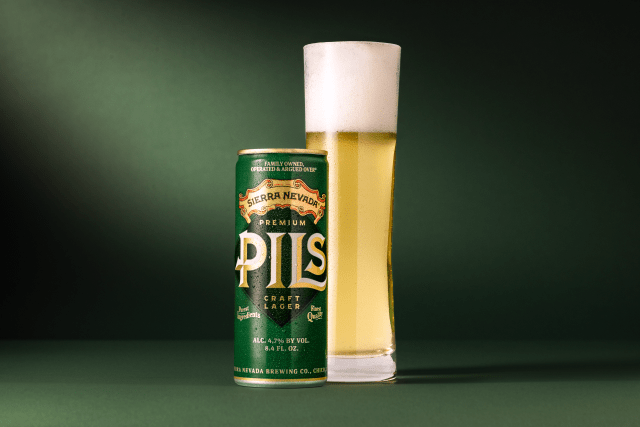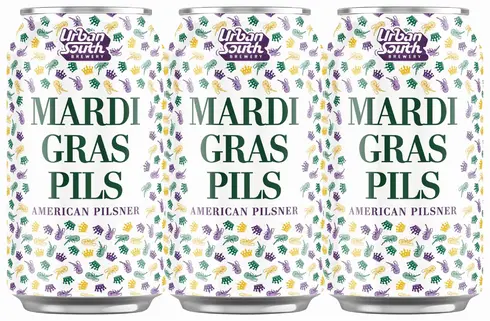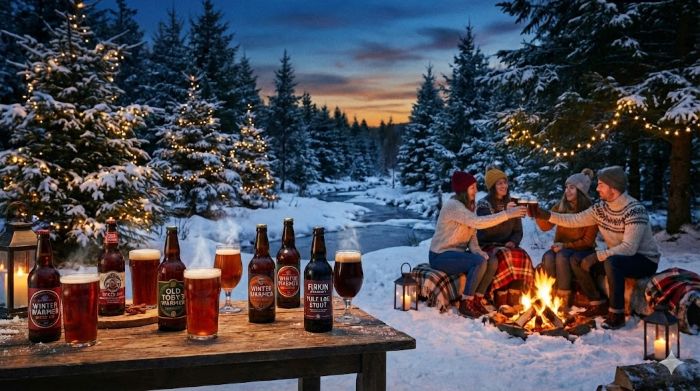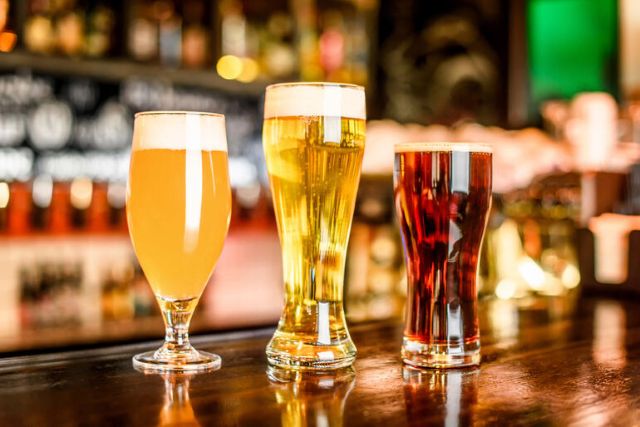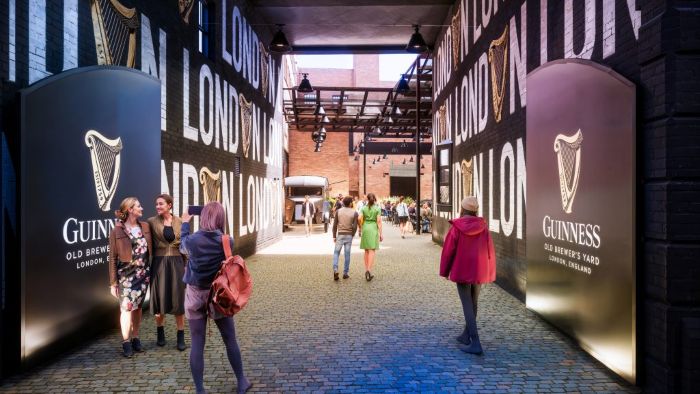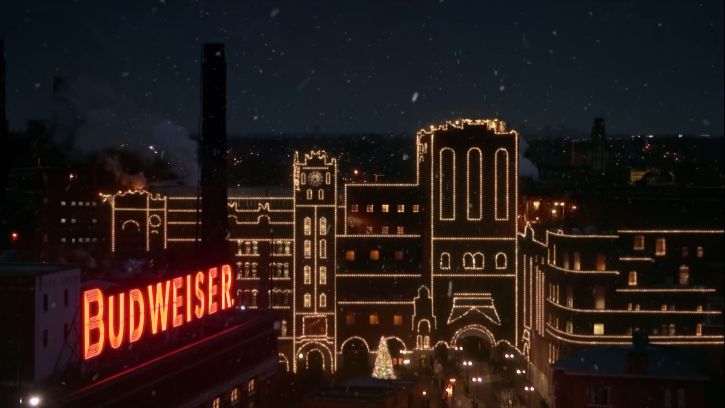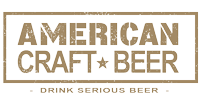Beer & Labor Day: A History
Beer & Labor Day: A History
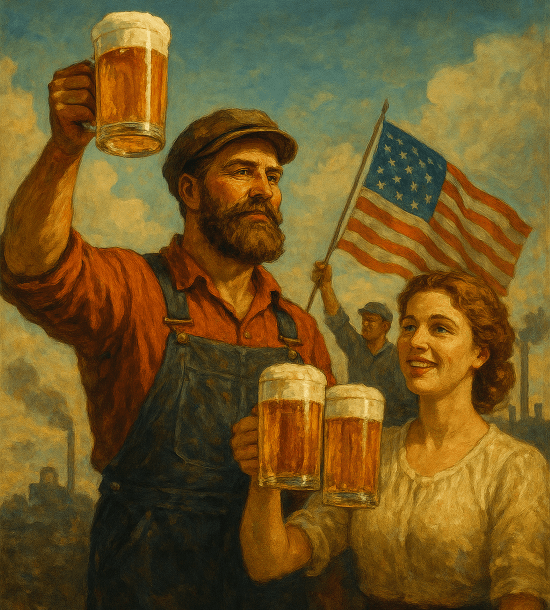
Labor Day may be best known today for backyard barbecues, parades, and ice-cold beers, but the ties between beer and the labor movement run much deeper than a long holiday weekend.
In fact, the story of American beer is inseparable from the story of organized labor itself.
By the late 19th century, brewing had become one of the largest industries in cities like Milwaukee, St. Louis, and New York—driven largely by German immigrants who brought their lager traditions and their strong belief in worker solidarity.
Brewery workers were among the first to unionize, and in 1886 Milwaukee became the epicenter of one of the most significant labor struggles of the era. When brewery workers went on strike in support of the 8-hour workday, they were joined by thousands of other laborers across the city. Though many of these demonstrations were met with violence—including the infamous Bay View Massacre, where the state militia killed seven workers—these actions cemented the connection between brewery workers and the broader labor rights movement.
The Brewery Workers Union, formed in the 1880s, was groundbreaking in its own right. It was one of the first unions to welcome members across ethnic lines, organizing German, Irish, and Eastern European immigrants under the same banner at a time when many other unions were divided. Their demands—better wages, shorter hours, and safer conditions—helped set precedents for organized labor nationwide.
Even during Prohibition, when brewing was driven underground or converted to “near beer,” soda, and ice cream production, brewery workers fought to preserve jobs and dignity in the trade.
When beer was legalized again in 1933, unions quickly regained strength, negotiating contracts that provided some of the best wages and benefits in American manufacturing.
German-American brewers, many of whom had supported the labor movement from its early days, also played a crucial role in normalizing the 8-hour workday and aligning beer culture with working-class rights. Their beer halls weren’t just places to drink—they were gathering spaces where ideas about fairness, solidarity, and dignity in work were debated, over many beers and put into action.
And that legacy continues into today.
While most of the big beer companies remain heavily unionized, the craft beer boom of the last 30 years brought a different culture—one that often prized passion and creativity over workplace protections. But as the industry has matured, more craft brewery employees are organizing for fair pay, consistent scheduling, and safe working conditions. Recent years have seen successful union drives at San Francisco’s Anchor Brewing and Athen, Georgia’s Creature Comforts Brewing among others.
It’s not surprising that most Americans cracking open a lager or IPA this Labor Day aren’t thinking about the 1886 Milwaukee strike, the Brewery Workers Union or even the more recent effort at Anchor Brewing.
But every beer comes with a little bit of that history. Beer wasn’t just refreshment for America’s workers back in the day—it was fuel for unity, a cultural binder, and, at times, even a banner in the fight for labor rights.
So as we all enjoy the long holiday weekend, it’s worth remembering what beer and Labor Day share. Both are rooted in the struggle—and the celebration—of the working people who helped grow this country.
###
Banner image: Grok
